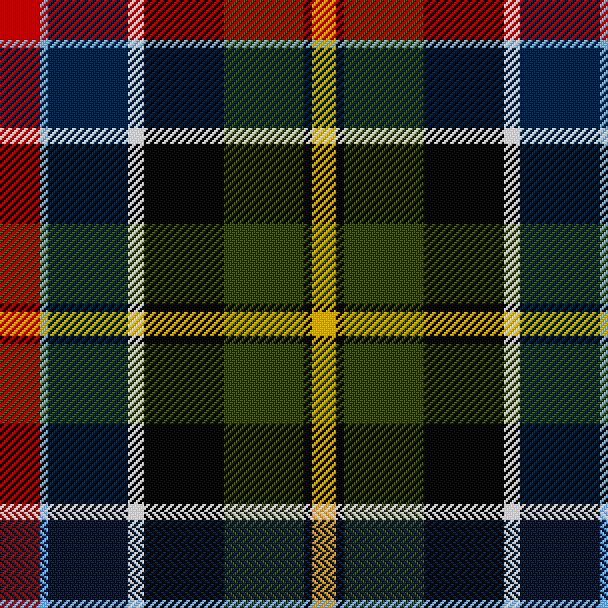
An old-time practice, to the 18th century, was to add an accent on plaids or sometimes kilts in the form of a selvedge in herringbone weave at the edge, 1–3 inches (2.5–7.6 cm) wide, but still fitting into the colour pattern of the sett; a few modern weavers will still produce some tartan in this style. Sometimes more decorative selvedges were used: Selvedge marks were borders (usually on one side only) formed by repeating a colour from the sett in a broad band (often in herringbone), sometimes further bordered by a thin strip of another colour from the sett or decorated in mid-selvedge with two thin strips; these were typically used for the bottoms of belted plaids and kilts, and were usually black in military tartans, but could be more colourful in civilian ones. The more elaborate selvedge patterns were a wider series of narrow stripes using some or all of the colours of the sett; these were almost exclusively used on household tartans (blankets, curtains, etc.), and on two opposing sides of the fabric. The very rare total border is an all-four-sides selvedge of a completely different sett; described by Peter Eslea MacDonald (2019) as “an extraordinarily difficult feature to weave and can be regarded as the zenith of the tartan weaver’s art”, it only survives in Scottish-style tartan as a handful of 18th-century samples (in Scotland and Nova Scotia, Canada, but probably all originally from Scotland). The style has also been used in Estonia in the weaving of suurrätt shawls/plaids.
Do you have a Tartan?
Discover more from WILLIAMS WRITINGS.
Subscribe to get the latest posts sent to your email.












Tartans are beautiful
yeah they have nice colours, thanks nusrat..